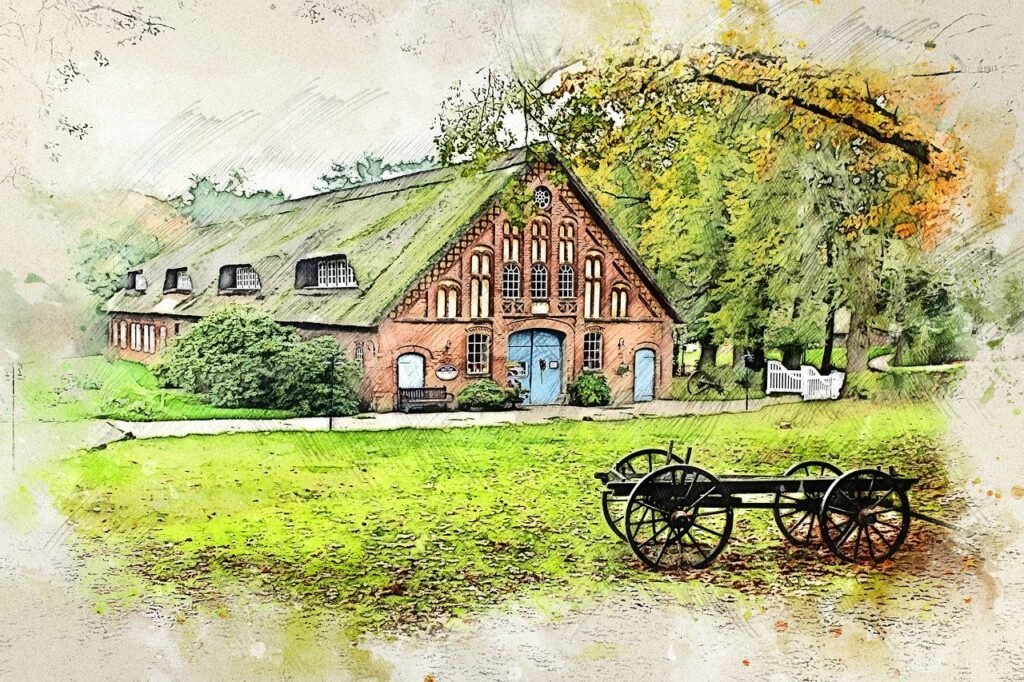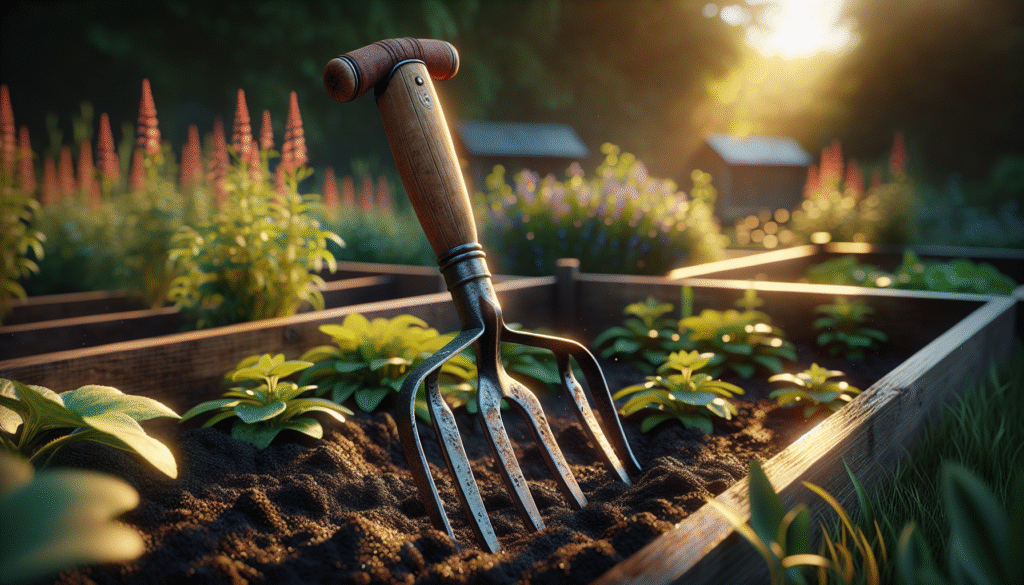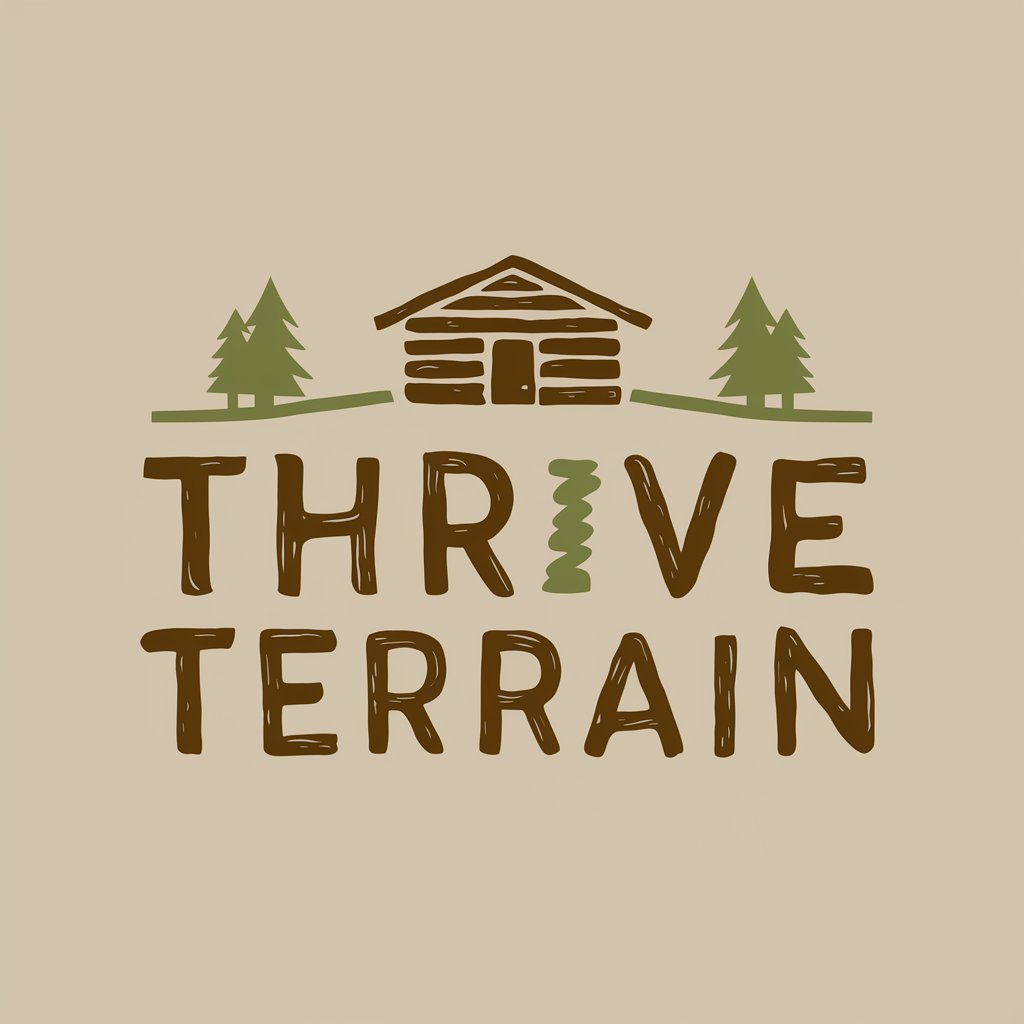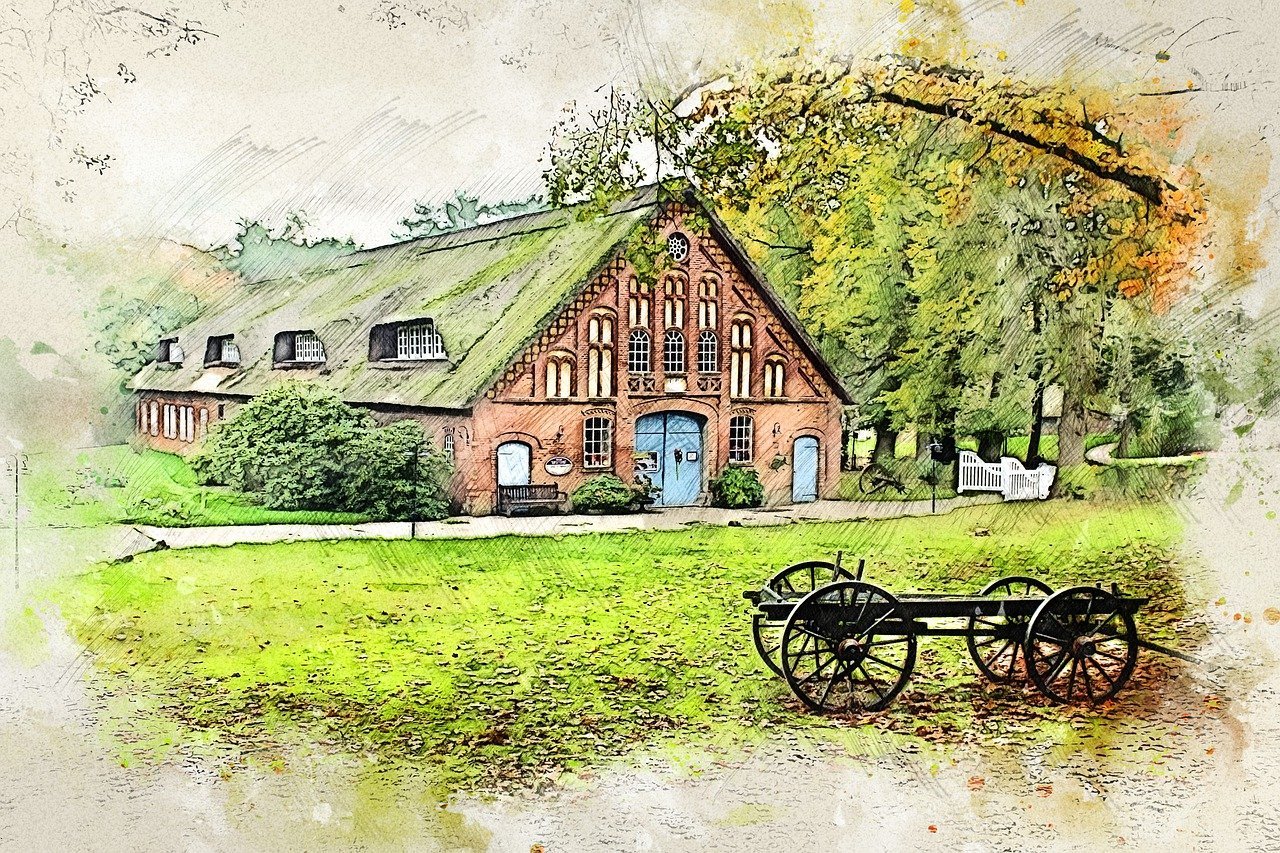Which simple, durable tools will give you the biggest returns when you produce food off-grid?
Which Low-Tech Tools Work Best For Off-Grid Food Production?
You likely want a list of effective, low-tech tools that keep your food production resilient and manageable without relying on grid electricity or complex machinery. This guide will help you choose tools that match your scale, climate, and skills so you can produce, store, and process food with minimal external inputs.
Why low-tech tools matter for off-grid food production
You benefit from tools that are durable, repairable, and easy to operate without fuel or electricity. Low-tech tools reduce dependence on supply chains and give you greater control over your food systems in changing conditions.
The principles behind choosing low-tech tools
Focus on multi-functionality, low maintenance, and materials that you can repair or replace locally. Prioritize tools that let you work smarter, not harder, by saving time, improving yields, or reducing labor intensity.
How to match tools to your site and goals
Take into account soil type, water availability, acreage, and the types of crops or animals you want to raise. The right tool for a 100-square-foot garden will be different from the right tool for a one-acre homestead or a small community system.

This image is property of pixabay.com.
Core hand tools for cultivation and soil work
Hand tools form the backbone of off-grid gardening because they’re flexible and almost always repairable. You’ll rely on them for bed preparation, planting, weeding, compost turning, and harvesting.
Essential digging, turning, and bed-prep tools
A spade, digging fork (broadfork if possible), and garden hoe should be your first purchases. These tools let you prepare beds without heavy machinery, break up compacted soil, and shape planting areas to retain moisture.
Tools for weeding and fine work
A hori hori knife, hand trowel, weeding fork, and stirrup hoe help you manage weeds and transplant seedlings precisely. Using the right tool for small tasks saves time and preserves soil structure.
Long-handled vs short-handled tools
Long-handled tools reduce bending and strain for larger areas, while short-handled tools give you better control in tight beds or raised beds. You’ll benefit from both types depending on your working style and physical needs.
Soil building and composting tools
Healthy soil is the single biggest lever for higher yields, and you can build it with simple tools and regular inputs. Composting, sheet mulching, and using animal manures are all low-tech ways to increase fertility.
Compost turning and management
A pitchfork or compost fork, a compost thermometer, and a tarp for moving material will let you maintain active, high-quality compost. You can get great results by managing moisture, aeration, and carbon:nitrogen balance without mechanized tumblers.
Small-scale composting systems
You can use static piles, windrows, or simple bay systems built with pallet sides or treated posts. Each system only needs basic tools for adding and turning material, and you can scale by hand as your materials increase.
Sheet mulching and lasagna beds
A good cutting tool, wheelbarrow, and sturdy rake are enough to build sheet-mulched beds that smother grass and build organic matter. Layering cardboard, compost, and mulch is low-cost and low-effort when you have the right basic equipment.

This image is property of pixabay.com.
Water capture and low-energy irrigation
Water is often the limiting factor off-grid, so choosing passive and low-energy systems can make or break your site. Design systems to store, slow, and direct rainwater where plants need it most.
Rainwater harvesting and storage
Rain barrels, cisterns, and simple gutter systems give you gravity-fed water when you need it. You can keep setups low-tech by using food-safe barrels, diverters, and basic filters to keep debris out.
Passive irrigation: ollas, wicking beds, and swales
Ollas (unglazed clay pots), wicking beds, and earthworks like swales slowly release water into the root zone with minimal maintenance. These systems are ideal when water is scarce because they reduce evaporation and water loss from runoff.
Low-energy pumps and gravity systems
Gravity-fed drip lines, raised headers, and simple siphons let you distribute water without electricity. When you need to lift water, consider a treadle pump or hand pump as a low-tech alternative to electric pumps.
Tools for season extension and microclimate management
You can extend productive seasons significantly with low-tech structures and tools that protect plants from frost, wind, and heat. These structures are simple to build and maintain.
Cold frames, hoop houses, and cloches
Cold frames and hoop houses made with PVC or metal hoops and plastic sheeting let you push sowing windows earlier and later into the season. Their low cost and simplicity make them ideal for off-grid operations.
Simple greenhouses and passive solar design
A small greenhouse positioned to capture winter sun and insulated on the north side can provide a big boost to year-round production. You can add thermal mass (barrels of water, stone) to moderate temperature swings with no electricity.
Portable row covers and frost protection
Fleece row covers, floating covers, and attachable plastic tunnels protect seedlings during cold snaps and reduce pest pressure. They’re lightweight, repairable, and easy to deploy when weather threatens.

This image is property of pixabay.com.
Low-tech tools for planting, harvesting, and seed saving
You’ll want reliable tools for planting efficiently, harvesting cleanly, and saving seeds for future use. These tools help you capture yield and build genetic independence.
Manual planters and seeders
A simple dibber, hand seeder, or push seeder can speed planting and ensure proper spacing. For small-to-medium beds, a push seeder paired with a soil marker will save days of repetitive work.
Harvest tools: knives, shears, and baskets
Quality pruning shears, a harvest knife, and durable harvesting baskets let you collect vegetables without bruising them. For grains or root crops, a scythe or potato fork becomes indispensable.
Seed cleaning and storage tools
Screens, trays, and basic winnowing tools help you clean seed before storage, and airtight containers or sealed glass jars keep seeds viable longer. Labeling and small desiccants will protect your seed stock.
Animal husbandry tools and low-tech infrastructure
If you keep animals, low-tech setups can make them productive and easy to manage without constant electrical infrastructure. Choose systems that keep animals healthy, productive, and mobile.
Poultry: chicken tractors and mobile coops
A moveable chicken tractor gives you fresh pasture access without excavation or electricity. It reduces feed costs and lets chickens naturally fertilize and till soil in rotation.
Beekeeping: top-bar hives and simple equipment
Top-bar beehives are low-tech alternatives to Langstroth hives and allow you to harvest honey with minimal complex equipment. Basic protective gear, a smoker, and a hive tool are the main items you’ll need.
Small ruminants and basic equipment
Simple goat milking stands, secure fencing tools, and sturdy feed troughs are the essentials for goats and sheep. You can manage for meat, milk, and weed control with mostly non-electric equipment.

Food processing and preservation with low-tech tools
Once you produce food, you’ll want to preserve it using methods that don’t rely on constant electricity. Traditional preservation techniques are extremely well-suited to off-grid settings.
Drying: solar dehydrators and air drying
A simple solar dehydrator or screened drying rack uses sunlight and airflow to preserve fruits, herbs, and meats. You can build effective dehydrators with reflective panels and mesh trays for predictable results.
Fermentation, pickling, and curing
Fermentation crocks, bowls, and airtight jars let you preserve vegetables and dairy without refrigeration. These techniques often improve nutrition and shelf life while requiring only minimal equipment.
Cold storage: root cellars and cool rooms
A root cellar, buried or earth-sheltered cool store, gives you low-energy refrigeration year-round. With insulation and ventilation, you can store potatoes, carrots, apples, and canned goods for months.
Milling and grain processing
A hand-crank grain mill or stone quern lets you process small grains into flour. You can bake and cook from scratch without electricity if you have a grinder and a wood-fired oven or rocket stove.
Cooking and heating low-tech options
Cooking and heat are central to food use and processing. Low-tech stove designs maximize fuel efficiency and are often simple to build and maintain.
Rocket stoves and efficient wood stoves
Rocket stoves burn small-diameter wood very efficiently and are easy to build from brick, metal, or rocket stove kits. They reduce fuel use and let you cook, boil, and process food with less smoke.
Solar ovens and reflectors
Solar ovens concentrate sunlight to cook foods slowly and retain nutrients without fuel. They’re especially useful in sunny climates and for slow-cooking tasks like baking beans or drying fruits.
Smokehouses and low-tech curing
A basic smokehouse or smoke pit lets you preserve meats with flavor and extended shelf life. You can build smokehouses from salvaged materials and use green wood chips for cold or hot smoking.

Tool maintenance, repair, and sharpening
The ability to maintain and repair your tools on-site makes low-tech systems viable. You’ll save money and avoid downtime by investing time in basic skills.
Sharpening blades and simple repairs
A sharpening stone, file set, and coarse grinder (manual or pedal) will keep hoes, knives, and saws cutting. Basic welding or pipe-threading skills help when you need to repair handles or adapt parts.
Protecting metal and wooden handles
Rust prevention with oil and paint, and handle care with linseed oil, will extend tool life for decades. Storing tools under cover and off wet ground prevents rot and corrosion.
Sourcing tools and DIY strategies
You can often get better value and resilience by buying used tools and making simple DIY versions. Salvage yards, local tradespeople, and barter networks are helpful.
Buying used vs new
Used agricultural tools are often robust and inexpensive, but check for cracked handles, bent heads, or worn teeth. New tools can be warranted but may cost more and sometimes be poorly made; prioritize reputable brands or local metalworkers.
Building your own: plans and materials
Many low-tech tools and structures can be built from reclaimed wood, steel, and repurposed plastic. You’ll find patterns for everything from hoop houses to compost bins, and the skills you gain make your system more adaptable.
Safety and ergonomics
Working off-grid often means doing heavy manual labor; protecting your body and maintaining safe practices will keep you productive. Ergonomic choices and basic safety gear reduce injury risks.
Personal protective equipment
Gloves, safety glasses, sturdy boots, and a hat protect you during planting, pruning, and butchery tasks. Keep a first-aid kit and basic trauma supplies nearby, and learn how to use them.
Lifting and tool use techniques
Learn proper lifting mechanics and choose tools that reduce repetitive strain, like long-handled implements or wheelbarrows for moving heavy loads. Rotate tasks to avoid overuse injuries.
Budgeting and prioritizing tools
You don’t need everything immediately; prioritize tools that return the most value for your specific system. Think in terms of tools that multiply labor effectiveness and improve yields.
Starter kit for a new gardener/homesteader
A practical starter kit for most people includes: spade, digging fork or broadfork, hoe, hand trowel, pruning shears, wheelbarrow, watering container, and a compost fork. These items let you establish beds, plant and maintain crops, and manage organic matter for the coming seasons.
Scaling up: when to add powered or larger tools
Add a treadle pump, small tractor attachment, or portable shredder only when your labor and output justify the cost and maintenance. Consider used equipment first and ensure you have the skills to repair it.
Comparison table: common low-tech tools, uses, skill level, cost range
This table helps you choose based on need, effort, and budget. Costs are approximate and depend on region and quality.
| Tool | Primary use | Skill level to use/maintain | Typical cost range (USD) |
|---|---|---|---|
| Broadfork | Loosening compacted soil without inversion | Low (physical strength needed) | $60–$200 |
| Spade & digging fork | Bed prep, transplanting | Low | $30–$150 each |
| Hori hori & hand trowel | Weeding, planting | Low | $10–$40 |
| Wheel hoe / push seeder | Cultivation & precision planting | Medium (practice) | $150–$500 |
| Scythe | Cutting grain, mowing | Medium (sharpening skills) | $70–$300 |
| Hand-crank grain mill | Milling grain to flour | Low | $100–$400 |
| Treadle / hand pump | Lifting water | Medium | $100–$600 |
| Ollas (clay) | Slow drip irrigation | Low | $10–$50 each |
| Solar dehydrator | Drying food | Low | $50–$300 DIY/new |
| Top-bar hive | Beekeeping | Medium (bee management) | $100–$400 |
| Rocket stove | Efficient cooking | Low | $30–$400 |
Comparing passive irrigation methods: pros and cons
Use this short table when deciding among gravity-fed options.
| Method | Pros | Cons |
|---|---|---|
| Ollas | Extremely water-efficient, low maintenance | Fragile, limited coverage area |
| Wicking beds | Consistent moisture, low labor | Construction labor, limited flexibility |
| Swales & contour earthworks | Large-scale water capture, builds soil | Labor-intensive to install, needs design |
| Gravity drip from cistern | Precise delivery, low energy | Requires tanks/elevation and some parts |
Seasonal planning and workflow with low-tech systems
Organization matters when you rely on manual tools. A seasonal plan reduces frantic work and spreads labor across the year.
Spring and early season tasks
You’ll be preparing beds, starting seeds, and installing season extension structures in spring. Prioritize soil building and early sowings that take advantage of protection.
Summer tasks and maintenance
Weeding, irrigation, pest management, and harvest take most of your time in summer. Use mulches and passive irrigation to minimize daily watering.
Fall and winter tasks
You’ll focus on preserving harvests, repairing tools, and planning next year’s rotations in the fall and winter. Build compost and refine your larder systems while you have more indoor hours.
Troubleshooting common off-grid problems
When a tool breaks or water runs low, having backup plans keeps production steady. Anticipate common issues and build redundancy into critical systems.
Water scarcity
Combine water-saving tools (ollas, mulches) with storage (barrels, cisterns) and adaptive planting (drought-tolerant varieties). If pumps fail, manual pumps and bucket systems can be used as short-term fixes.
Pest and disease pressure
Physical barriers, crop rotation, and integrated pest-management tactics reduce reliance on chemical controls. Low-tech traps, netting, and beneficial habitat are often sufficient at small scales.
Tool failure or loss
Keep spare handles, a small set of files and welding/bolting materials, and a relationship with a local blacksmith or metalworker. Many tool failures are repairable with minimal equipment.
Community and knowledge resources
Skills are as valuable as tools; local networks help you learn maintenance, seasonal management, and complex repairs. Exchange labor, tools, and knowledge to increase resilience.
Sharing tools and cooperative setups
Tool libraries and cooperative equipment sharing reduce cost and increase access to less-used items like small shredders or band saws. You’ll get more bang for your collective budget by coordinating usage.
Learning skills: books, apprenticeships, and mentors
Seek out local mentors, community classes, and practical books on soil, animal care, and preservation. Hands-on learning speeds skill acquisition and reduces costly mistakes.
Final checklist: priority low-tech tools by scale
This checklist helps you prioritize purchases or builds depending on the area you want to manage.
Backyard gardener (up to 500 sq ft)
You’ll need: spade, digging fork or hand fork, trowel, pruning shears, watering can or small hose & barrel, compost bin, seed storage containers. These items let you manage beds and harvest reliably.
Small homestead (0.5–2 acres)
Add: broadfork, wheelbarrow, wheel hoe or push seeder, hand-crank mill, cold frame/hoop house, water storage/catchment, chicken tractor. These tools let you scale labor without mechanization.
Larger homestead or small community (2+ acres)
Add: treadle pump or small petrol-free pump, scythe, grain mill, solar dehydrator, smokehouse, top-bar hives, comprehensive rainwater system. Build redundancy and shared equipment to cover more ground.
Closing thoughts and next steps
You’ll get the most value from low-tech tools when you match them to your goals and invest in learning repair and maintenance skills. Start with essentials, refine your system by season, and prioritize tools that multiply your labor and increase resilience.
If you want, tell me your site size, climate, and the main crops or animals you’re planning to raise, and I’ll recommend a prioritized tool list and a simple seasonal work plan tailored to your situation.

